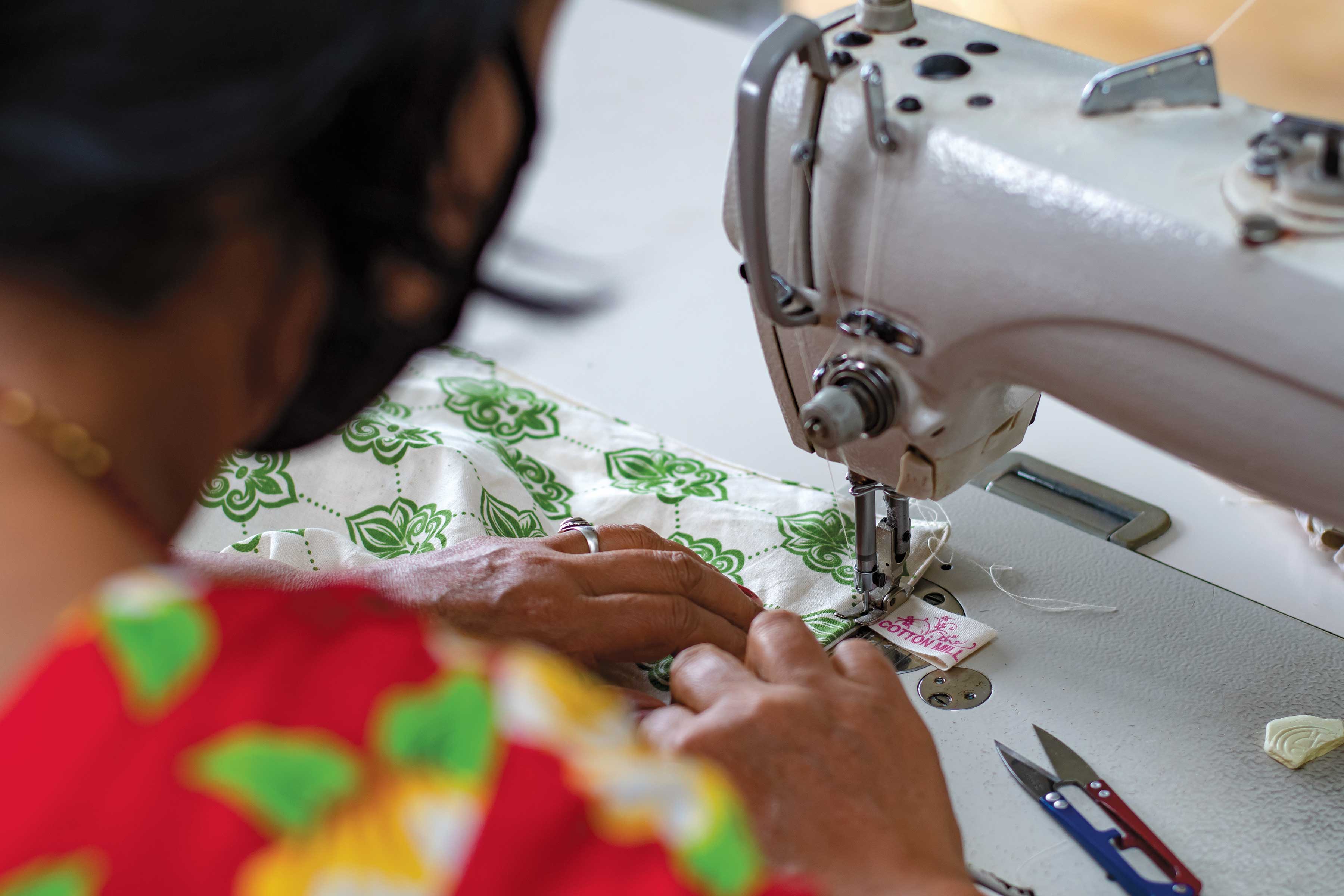Take a new No.2 or HB pencil and draw a straight line while walking west, until the lead is worn down to a nubbin. How far will you walk? How long will your line be? Where will you reach?
 The amazing pencil. Though the computer has become today’s writing instrument of choice. We still use pencils for taking notes, writing lists or doodling in the margin,. The typewriter once challenged the lowly pencil, but no longer, and even the ink pen has become passé. The pencil lives on. (We’re talking exclusively here about black lead pencils for writing, not the colored ones for art.)
The amazing pencil. Though the computer has become today’s writing instrument of choice. We still use pencils for taking notes, writing lists or doodling in the margin,. The typewriter once challenged the lowly pencil, but no longer, and even the ink pen has become passé. The pencil lives on. (We’re talking exclusively here about black lead pencils for writing, not the colored ones for art.)
There are enough fascinating facts and esoterica about the history and makings of pencils to wow your friends and colleagues next time there’s a lull in the conversation. Take the word ‘pencil’, for example – from ‘pencillus’, an old Latin term meaning ‘little tail’. And ’graphite’ (the substance at the pencil’s core) – derived from ‘graphein’, a Greek word meaning ‘to write’.
And how long a line you can draw that line with a normal lead pencil? Stay with us. The answer is coming. Hint: it’s a long walk!
We call the pencil core a ‘lead’, but there’s no lead in a pencil, though notion hangs on despite the fallacy. The core of a modern ‘lead’ pencil is greyish-black graphite mixed with clay in varying amounts to adjust hardness and darkness on the page. Graphite is a pure soft form of carbon, very useful for making pencils. The graphite and clay of the core is roasted, then placed in a casing made of kiln-hardened wood, laminated and glued together under pressure. For years, most graphite came from mines in North America and Europe. Nowadays a large percentage of graphite for pencils comes from Sri Lanka.
The pencil core is enclosed within a wooden casing, either hexagonal or round, easy to grasp in your fingers. The casing keeps the graphite core from snapping or leaving marks on your fingers. Many pencils are painted yellow, though the Natraj pencil (made in India) that I use for editing is painted red and black. A popular wood for the casing is incense cedar, which gives some pencils that good smell.
The hardness of a pencil is indicated by letters or numbers stamped on the painted shaft. In North America pencils are coded 1 to 4, soft to hard. No.2 and 2.5 pencils are the most popular. Pencils made in Europe are marked with a letter code, where B stands for ‘black’ and H for ‘hard’. The more B’s, the softer and darker the lead, while more H’s signify harder and lighter. HB in the European system is the equivalent to a No.2 pencil in the American. Because pencils with both markings are sold in Nepal, it’s good to know the equivalencies: 1=B, 2=HB, 2.5=F, 3=H, and 4=2H. Sounds easy, but beware, there is no world-wide standard. Number 2 pencils made in Japan, for instance, are typically softer than other No.2s.
Did you see the ‘F’ in the list; it means ‘fine’ or ‘firm’. You’ll also find pencils marked SS (extra soft) to VVVS (very very very soft), and HH (extra hard) all the way to VVVH… You get the idea.
The ‘modern’ pencil was invented in 1795 AD, by Nicholas-Jacques Conte, a French scientist who served in Napoleon Bonaparte’s army. There were primitive prototypes, of course, dating back into the mid-1500s, but we’re indebted to Conte for his innovations. The first mass-produced pencils came from Germany in the 17th century. Now they are manufactured the world around.
And now, about that long line you are drawing with a common #2 or HB pencil: there’s enough ‘lead’ in a 15cm pencil to draw a line 2mm wide and 20 nanometers thick all the way from Kathmandu west to the Punjab, almost to Chandigarh (according to Google Maps). That’s approximately 1,178 kilometers (a little less if you’re using a softer Japanese No.2). It’s a long walk. Have a nice trip.
The distance of the line you’ve drawn is from Maria Popova’s ‘Surprising History of the Pencil’ online at www.brainpickings.org. Don Messerschmidt, a contributing editor to ECS Nepal magazine, keeps his cedarwood pencils sharp, and stored in a pinewood box next to the email inbox at don.editor@gmail.com.











